From Upcycling Textile Waste To Using Banana Plants For Making Fabric, Here Are Some Innovations In Fashion
Waste scraps of cloth to throw away or funky items of home décor? Banana stems and peels heading for the garbage or shirts and dresses for an evening out on the town? Harmful chemicals seeping into our groundwater or natural dyes locally sourced from the forest? Here are some innovations in the fashion industry.
-
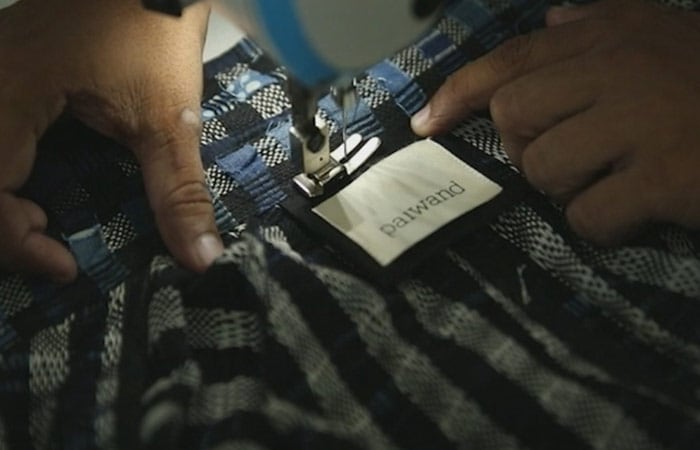 Paiwand Studio, a Noida-based upcycling textile studio, founded by Fashion Designer and Social Entrepreneur Ashita Singhal, sees beauty in patches, scraps, bits and fragments and believes in adding value by repurposing those forgotten pieces.
Paiwand Studio, a Noida-based upcycling textile studio, founded by Fashion Designer and Social Entrepreneur Ashita Singhal, sees beauty in patches, scraps, bits and fragments and believes in adding value by repurposing those forgotten pieces. -
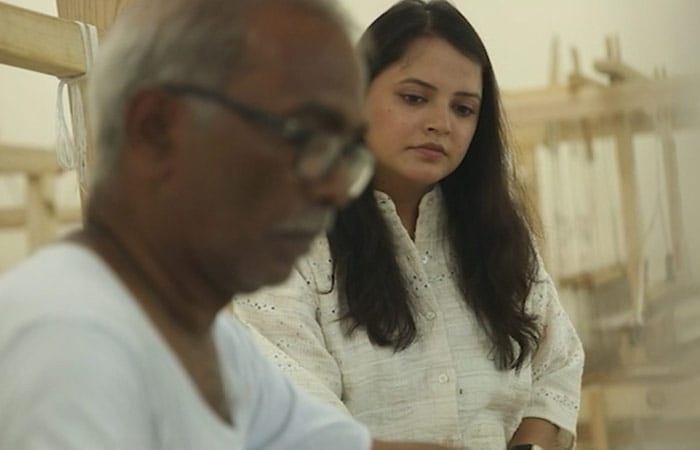 Ashita Singhal started Studio Paiwand in 2018 as she wanted to give an ode to the lost culture and era and wanted to bring back the essence of upcycling that used to happen in households. She believes that each fragment of fabric waste has the potential of being repurposed into a beautiful garment and so "Katran" or waste at Paiwand Studio is all too precious.
Ashita Singhal started Studio Paiwand in 2018 as she wanted to give an ode to the lost culture and era and wanted to bring back the essence of upcycling that used to happen in households. She believes that each fragment of fabric waste has the potential of being repurposed into a beautiful garment and so "Katran" or waste at Paiwand Studio is all too precious. -
 Paiwand Studio is challenging the conventional norms of textile design, while focusing on the importance of craft and the need for sustainability. Paiwand takes scrap from design studios, weaves it into the fabric and sells it back to them.
Paiwand Studio is challenging the conventional norms of textile design, while focusing on the importance of craft and the need for sustainability. Paiwand takes scrap from design studios, weaves it into the fabric and sells it back to them. -
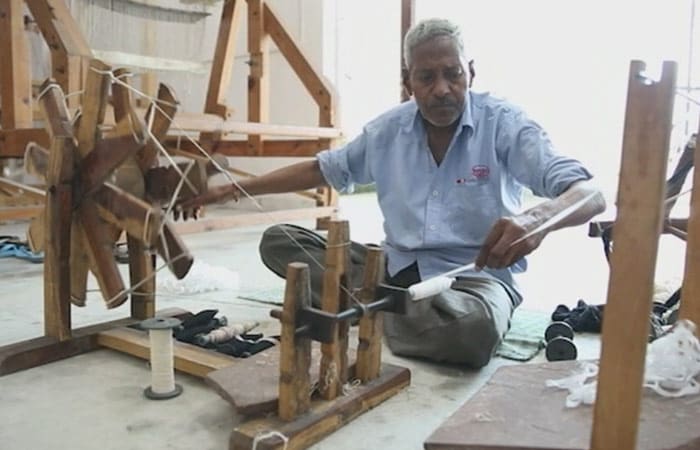 Along with sustainability, Paiwand Studio believes in empowering Indian weavers and reviving handcraft techniques. It has collaborated with various artisans to repurpose textile waste into meaningful textiles.
Along with sustainability, Paiwand Studio believes in empowering Indian weavers and reviving handcraft techniques. It has collaborated with various artisans to repurpose textile waste into meaningful textiles. -
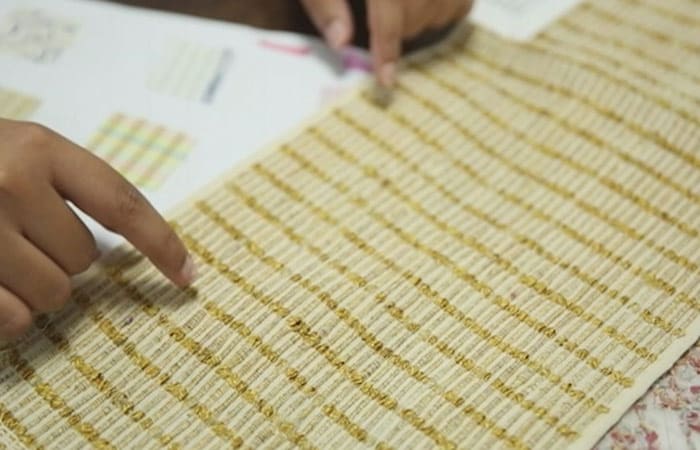 Paiwand Studio aspires to continue reusing waste materials in new ways and aims to create awareness around the importance and urgency of reducing textile waste that pollutes the environment and oceans.
Paiwand Studio aspires to continue reusing waste materials in new ways and aims to create awareness around the importance and urgency of reducing textile waste that pollutes the environment and oceans. -
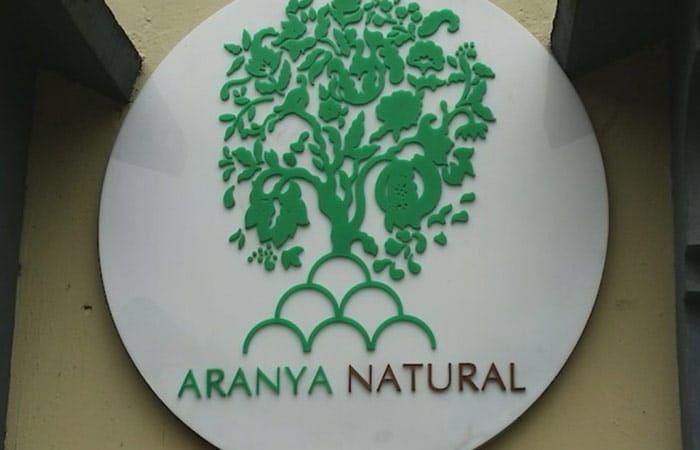 When we talk of giving our clothes a conscience, it is not only about making sustainable fashion choices, but also understanding that those choices are keeping livelihoods going across India. One such place is Aranya Natural.
When we talk of giving our clothes a conscience, it is not only about making sustainable fashion choices, but also understanding that those choices are keeping livelihoods going across India. One such place is Aranya Natural. -
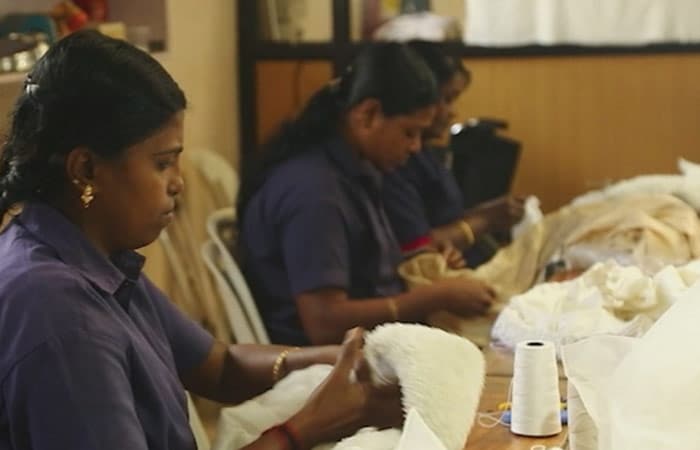 Started in 1994, Aranya natural was set-up in a small room with just four employees to help children and young adults, with disabilities, in the rural plantation community in Munnar, Kerala.
Started in 1994, Aranya natural was set-up in a small room with just four employees to help children and young adults, with disabilities, in the rural plantation community in Munnar, Kerala. -

-
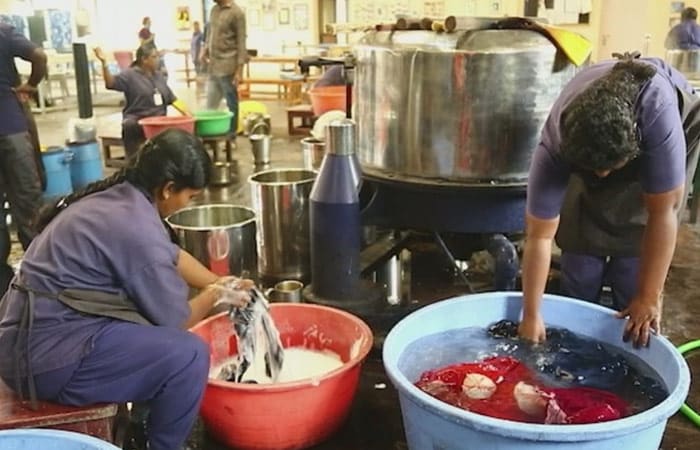 Shibori is the Japanese art of manual tie-dyeing and the team at Aranya Natural has trained under the Japanese textile artist Yoshiko Wada. She taught the young adults special techniques of Shibori art, which are now a signature hallmark of Aranya Natural's creations.
Shibori is the Japanese art of manual tie-dyeing and the team at Aranya Natural has trained under the Japanese textile artist Yoshiko Wada. She taught the young adults special techniques of Shibori art, which are now a signature hallmark of Aranya Natural's creations.By giving opportunities to these young adults, Aranya has ensured a sustainable livelihood for them while ensuring that the environment is protected too.
-
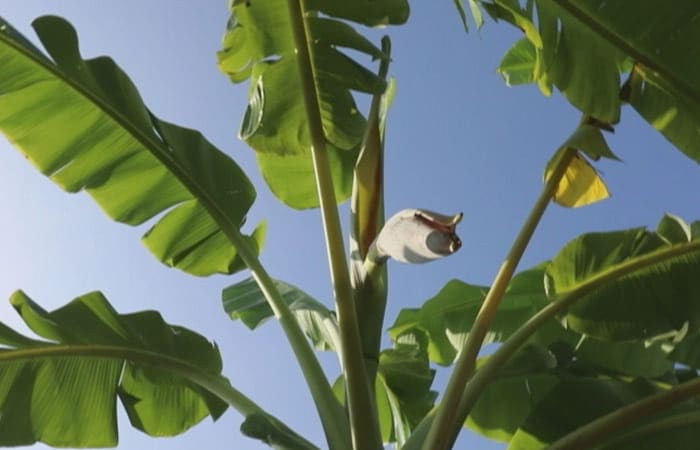 Harvested two to three times a year, banana stems are usually cut and thrown away. But what we think of as waste can actually be used to make clothes and that is what C.Sekar, the founder of AnanaFit is doing.
Harvested two to three times a year, banana stems are usually cut and thrown away. But what we think of as waste can actually be used to make clothes and that is what C.Sekar, the founder of AnanaFit is doing. -
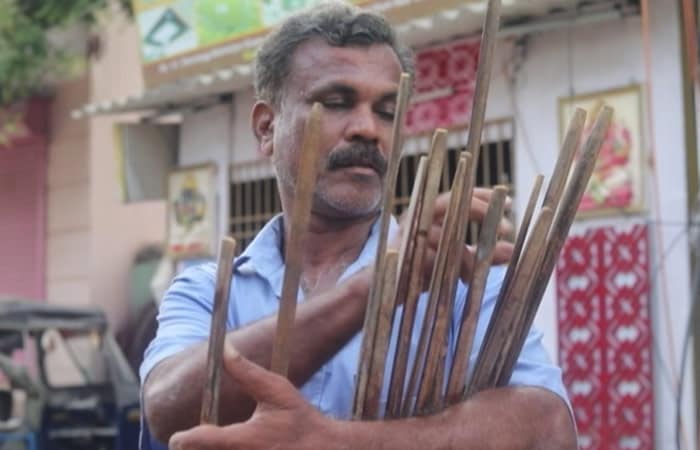 About 40 years ago, C Sekar from Chennai read about a saree made from banana fibre. Impressed by the idea, Mr Sekar saw banana fibre as a great source of raw material and started collecting it from a pile of temple waste.
About 40 years ago, C Sekar from Chennai read about a saree made from banana fibre. Impressed by the idea, Mr Sekar saw banana fibre as a great source of raw material and started collecting it from a pile of temple waste. -
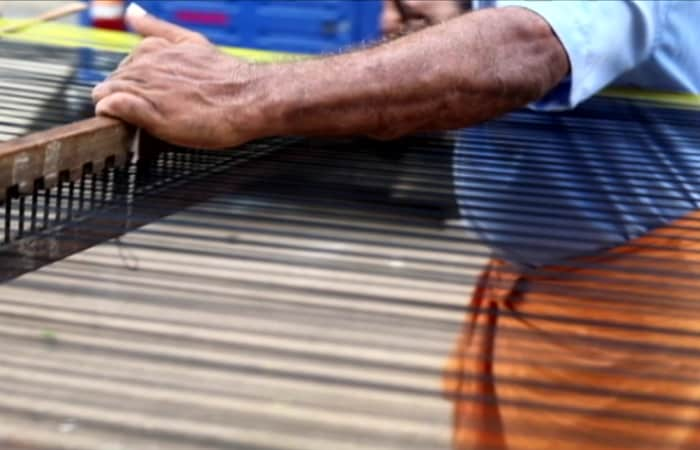 Sekar has experimented with fibres like pineapple, bamboo, and even aloe vera to make yarn since these raw materials are easily available to him. Even though banana fibre is not a new discovery, its use had been very limited. Today, with increasing conversations around sustainable and slow fashion, banana fibre has emerged as a game changer.
Sekar has experimented with fibres like pineapple, bamboo, and even aloe vera to make yarn since these raw materials are easily available to him. Even though banana fibre is not a new discovery, its use had been very limited. Today, with increasing conversations around sustainable and slow fashion, banana fibre has emerged as a game changer. -
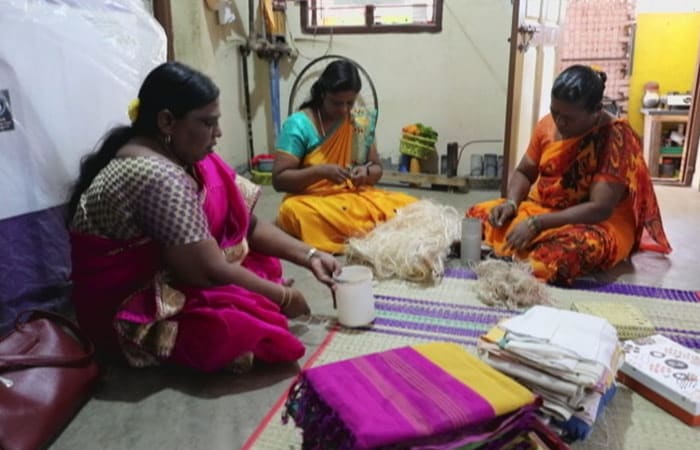 What started as an experiment now involves traditional weavers. The process of turning fibre into fabric is done by hand, using the traditional handloom. Apart from weavers, AnanaFit has also included women by providing them training in fibre extraction.
What started as an experiment now involves traditional weavers. The process of turning fibre into fabric is done by hand, using the traditional handloom. Apart from weavers, AnanaFit has also included women by providing them training in fibre extraction. -
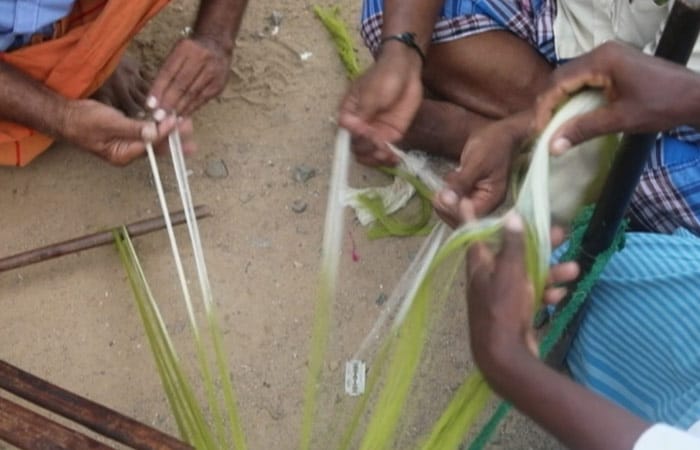 Banana fibre has other advantages too; it's vegan, keeps you cool during summers since it has great absorption properties, and looks very chic and stylish.
Banana fibre has other advantages too; it's vegan, keeps you cool during summers since it has great absorption properties, and looks very chic and stylish.
Advertisement
Advertisement
Advertisement
Advertisement
